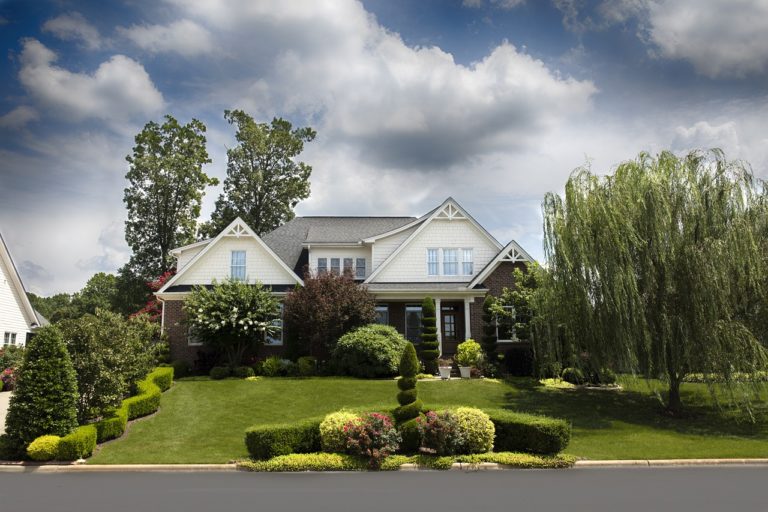To say that we Americans are crazy about our lawns is an understatement. To put things in perspective, the United States’ projected revenue on landscaping services in 2019 was more than $99 billion, according to market research reports from IBIS World published in iPropertymanagement.com.
Despite the ridiculous amounts homeowners spend to keep their lawns green, some of them will start to lament come summertime that their once-emerald lawns are turning a strange shade of brown. This might be because of the grass they use. Certain types of Kentucky Bluegrass and Fescues, for instance, go dormant during summer months as a form of self-preservation against blistering temperatures. Both varieties thrive better in cooler conditions.
Or, it can be due to poor maintenance. Depending on whom you ask, landscapers in Minneapolis, MN or Miami, FL may have varying views of how different species of grass should be cared for in different climates or seasons. There are common practices, however, that work for most types of grass during the summer.
Learn How to Adjust Your Mower
For most small-to-medium lawns, a typical lawnmower will be enough to maintain them beautifully. On average, most types of lawn grass do well with being cut around 3 inches during the summer. This can be accomplished by setting your lawn mower on the high setting. By keeping the blades of grass higher during hotter months, you’re providing your lawn’s root system with more shade, thus keeping it cooler.
Your lawnmower will work well in keeping your grass trimmed at the correct height if it’s maintained properly. Keep your mower blades sharp, as grass needs to be cut for it to maintain its greenness (dull blades tear grass, which damages the cells and leaves brown tips on the grass).
Water Your Lawn Regularly and Deeply
Depending on the type of grass you have, watering it is essential in maintaining its vibrant green color. Different types of grass require different ideal watering schedules. As long as you follow the schedule your landscaper gave you, it shouldn’t be a problem.
For most types of grass, deep watering is crucial in keeping your lawn healthy. As much as possible, water your lawn with around one and up to one-and-a-half inches of water. If you have an automated irrigation system, you can pre-set it to this.
Water Your Lawn Early
 In general, right before dawn is the best time to water your grass. This is because when you water your grass after sunrise, the heat might cause the water to evaporate before your grasses’ roots can absorb it. At the same time, the grass also needs sunlight for photosynthesis.
In general, right before dawn is the best time to water your grass. This is because when you water your grass after sunrise, the heat might cause the water to evaporate before your grasses’ roots can absorb it. At the same time, the grass also needs sunlight for photosynthesis.
Yes, watering at dawn seems a lot to ask—especially if you’re enjoying the late mornings or sleeping in. You can always set your auto-sprinklers to go off at dawn for this purpose. Invest in a good quality sprinkler system that can be set to go off at different times and you won’t have to get up at 5 in the morning to do it.
With summer coming in a few weeks, you need to prep your lawn. Who knows, we might soon be free to do barbecues or other outdoor activities. With these helpful recommendations, you can meet the season with a beautiful front yard.

